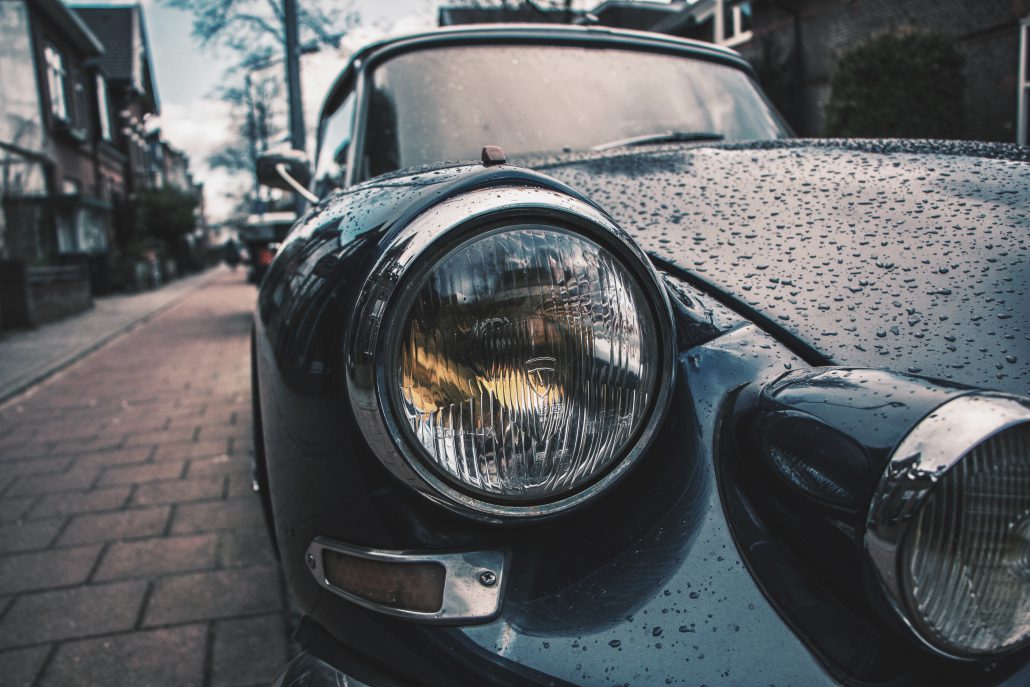Reasons Why Your Headlights are Suddenly Foggy
If ever you’ve driven on a foggy or stormy night, chances are, you safely reached your destination with the aid of headlights. Headlights are indispensable when it comes to road safety, especially at night.
Headlights improve road visibility in conditions where it’s nearly impossible to see. Furthermore, they make other drivers aware of your presence and prevents collisions this way. That is why you should always keep them looking and functioning at their best.
Unfortunately, headlights will degrade over time – the earliest signs of which are fogginess or haziness. While it can be ignored at first, foggy headlights are a safety hazard. Below, we’re sharing the most common causes of foggy headlights so you can make them last longer.
1. Water vapor
The most common cause of fogginess in headlights is the accumulation of water vapor within the lens. Brand new headlights are equipped with a watertight seal that prevents any type of moisture from entering. However, the seal eventually wears down and allows condensation to get inside the lenses. In turn, this causes fogginess and eventual damage to the bulb and inner wirings.
2. Scratches
Your car’s headlights are protected by an acrylic outer covering, making them more resistant to damage. In spite of their tough exterior, they are still prone to wear and tear.
Dust particles, road salt, dirt, gravel, and debris can scratch the outer covering. If you’re keen on traveling at high speeds, they will likely degrade faster. With enough time, these scratches can impair the clarity of the lenses and result in foggy headlights.
3. Chemical residue
Cars are frequently washed, waxed, buffed, and coated with an assortment of chemical products designed to maintain their luster and protect them from damage. Unfortunately, these very same chemicals can cake up on the surface of your headlights’ protective lens. Some of them may even seep into the scratches and create a thin layer of gunk that dims your headlights from the inside.
4. Dirt and dust
Dirt and dust can be insidious. It may appear easy to remove. But like chemical residue, they can slowly accumulate and create a thin film that makes everything about your car duller – from the paint job to the headlights.
As if you don’t have enough problems already, dust and dirt can combine with chemical residue and harden. If neglected, the hardened grime will create a film over your headlights, thus reducing its clarity.
5. Natural oxidation
The acrylic covering of your headlights doesn’t just degrade with the use and the introduction of chemical products. It also oxidizes whenever it is exposed to UV light. Although headlight lenses come with a specialized anti-UV coating when new, this eventually wears off. Once the coating is gone, all exposure to UV light will eventually cause your headlights’ lenses to turn yellow or become opaque.
There are many ways to deal with the above issues. Do-it-yourself solutions like baking soda and vinegar washes, and off-the-shelf abrasive polishes, can help mitigate the problem. Although in very serious cases, you should consider professional cleaning, restoration, or outright replacement.

